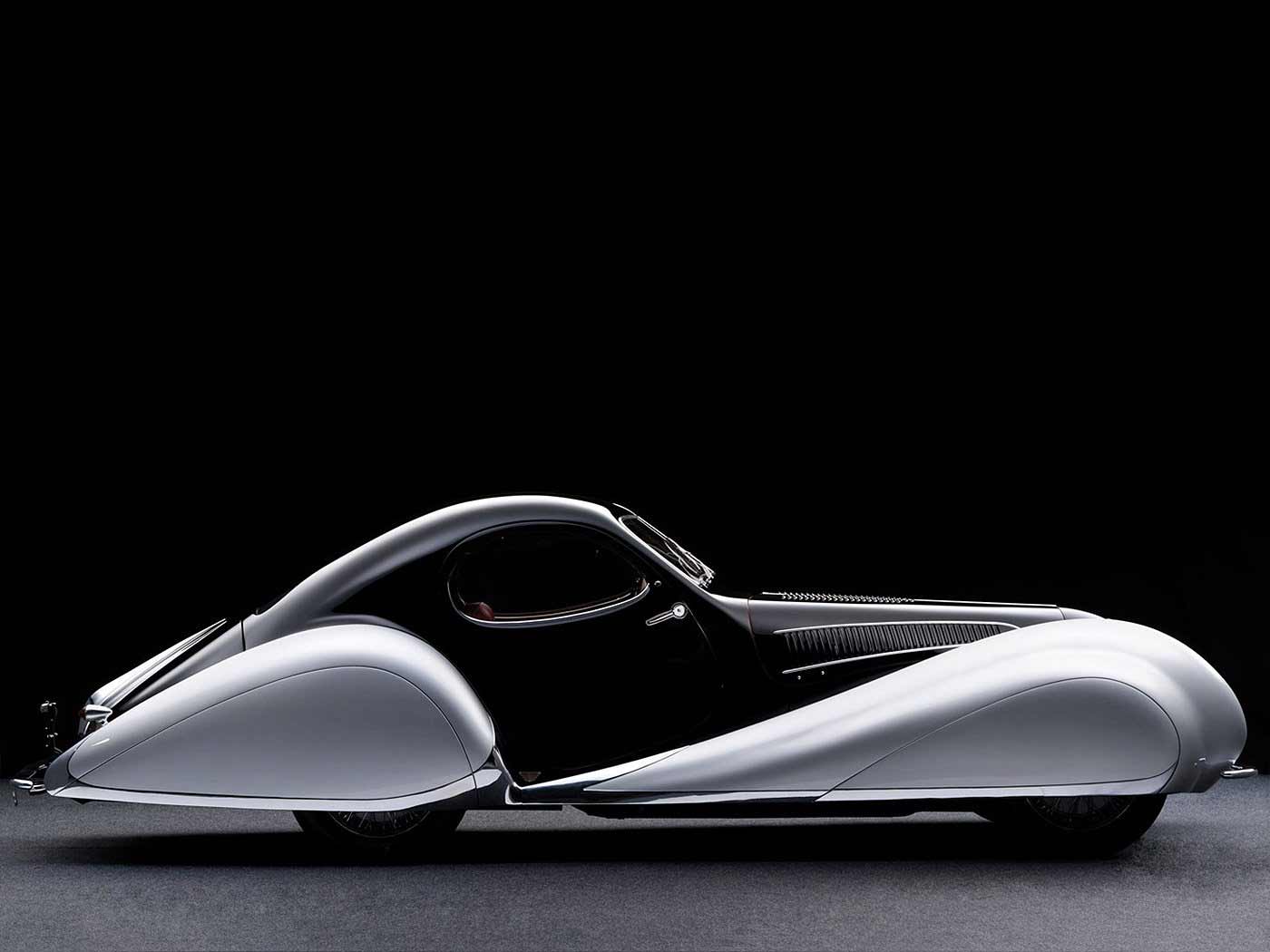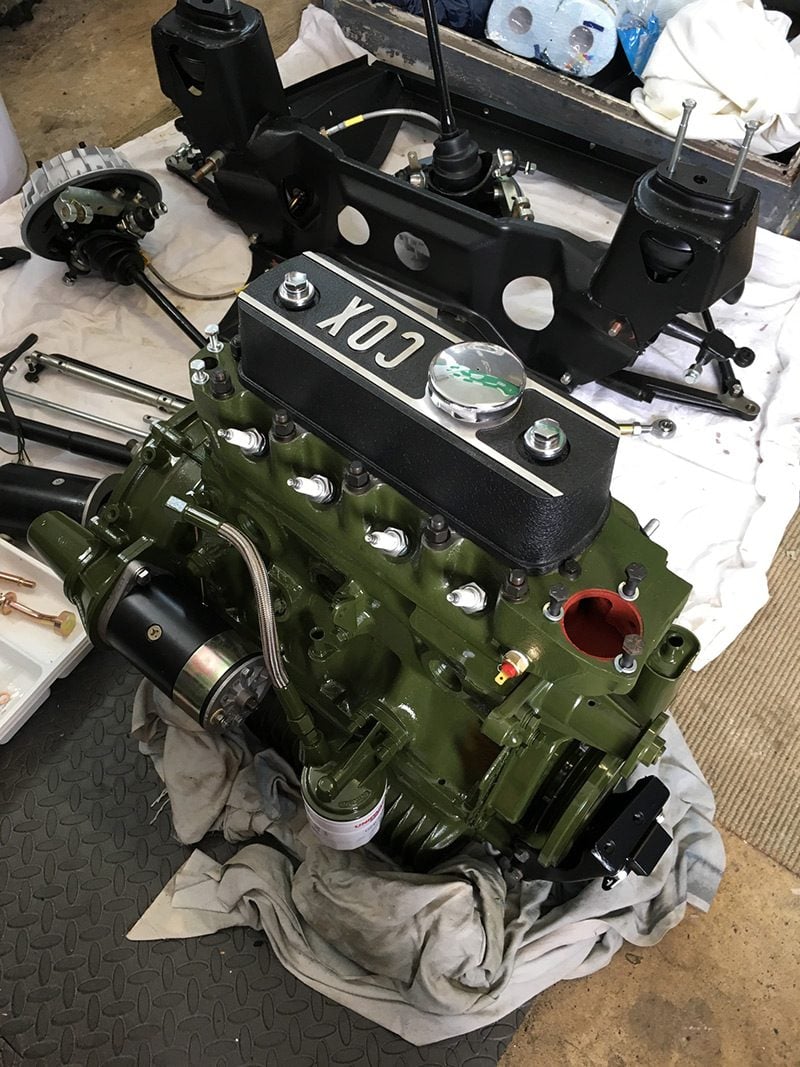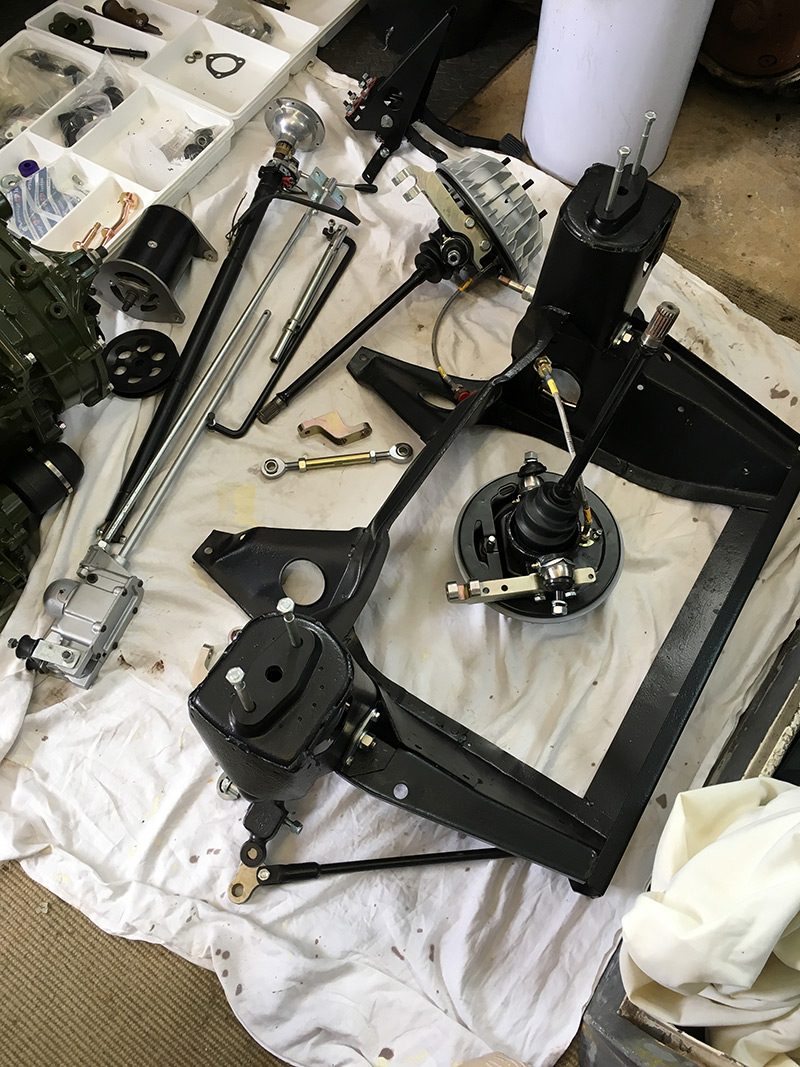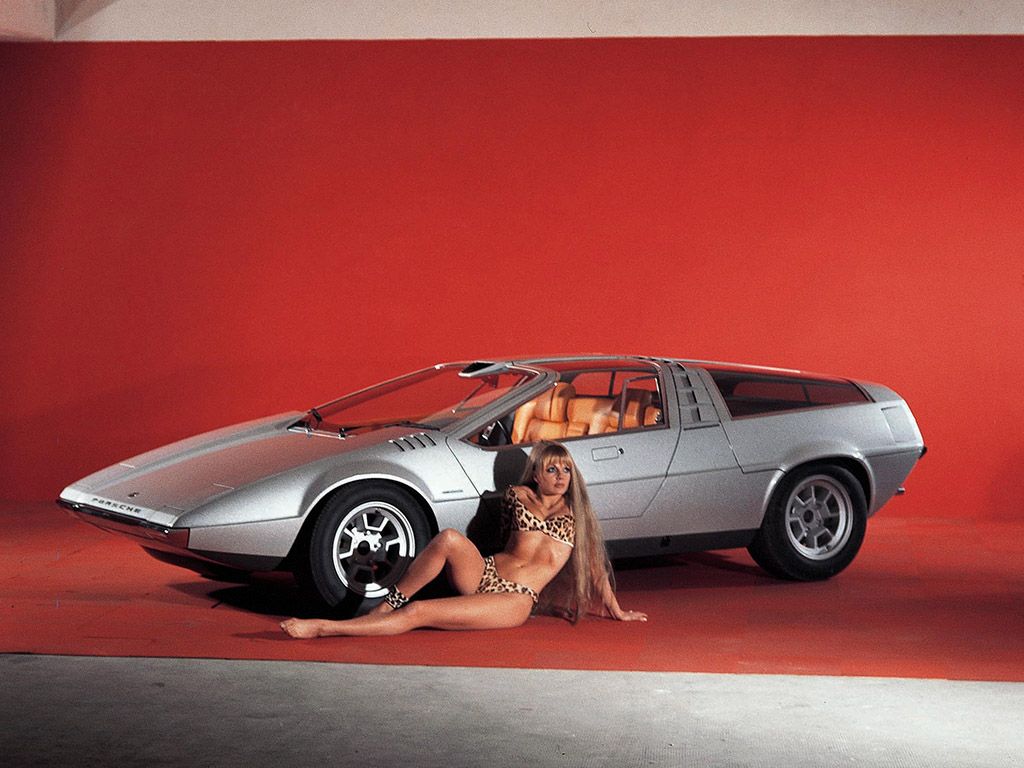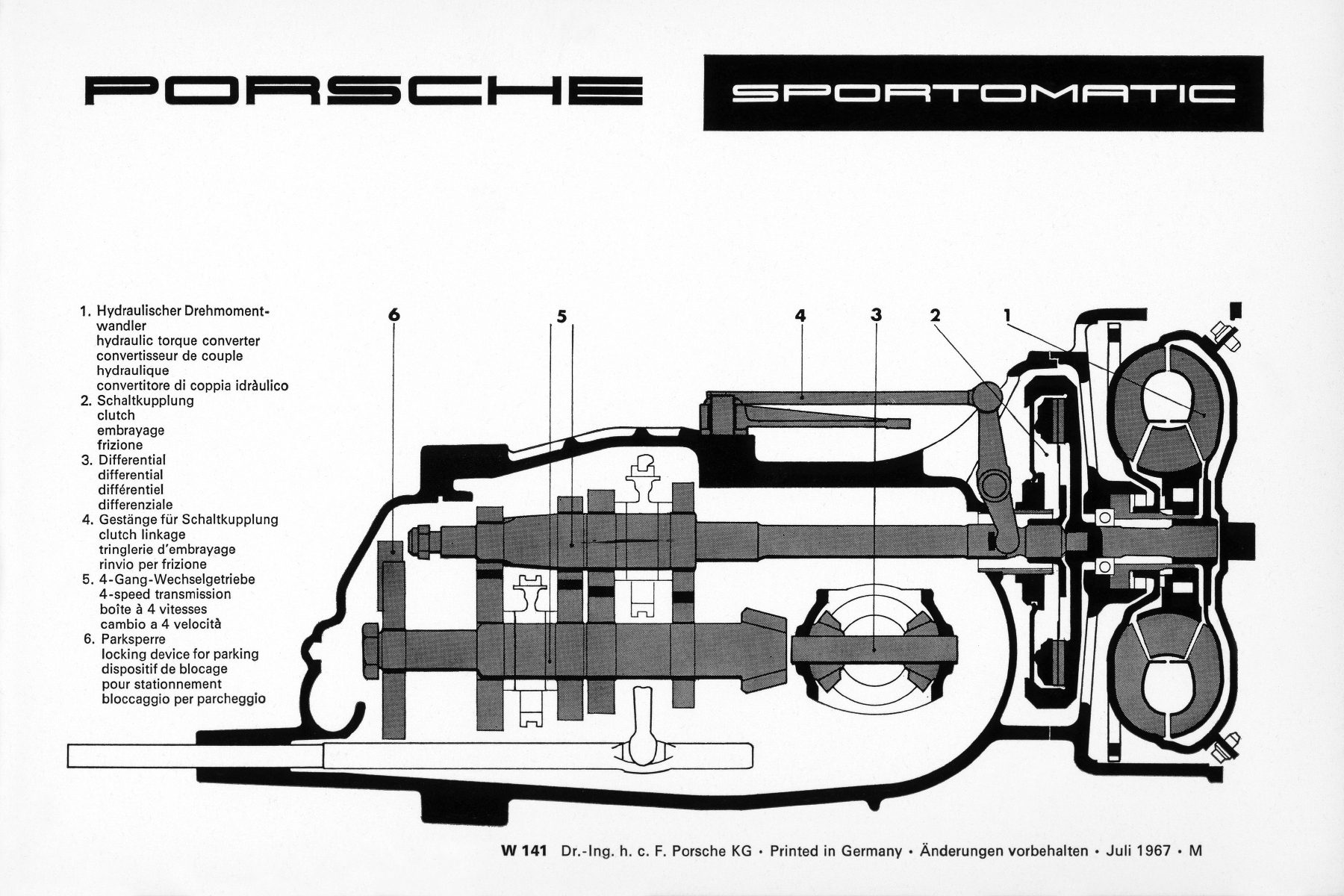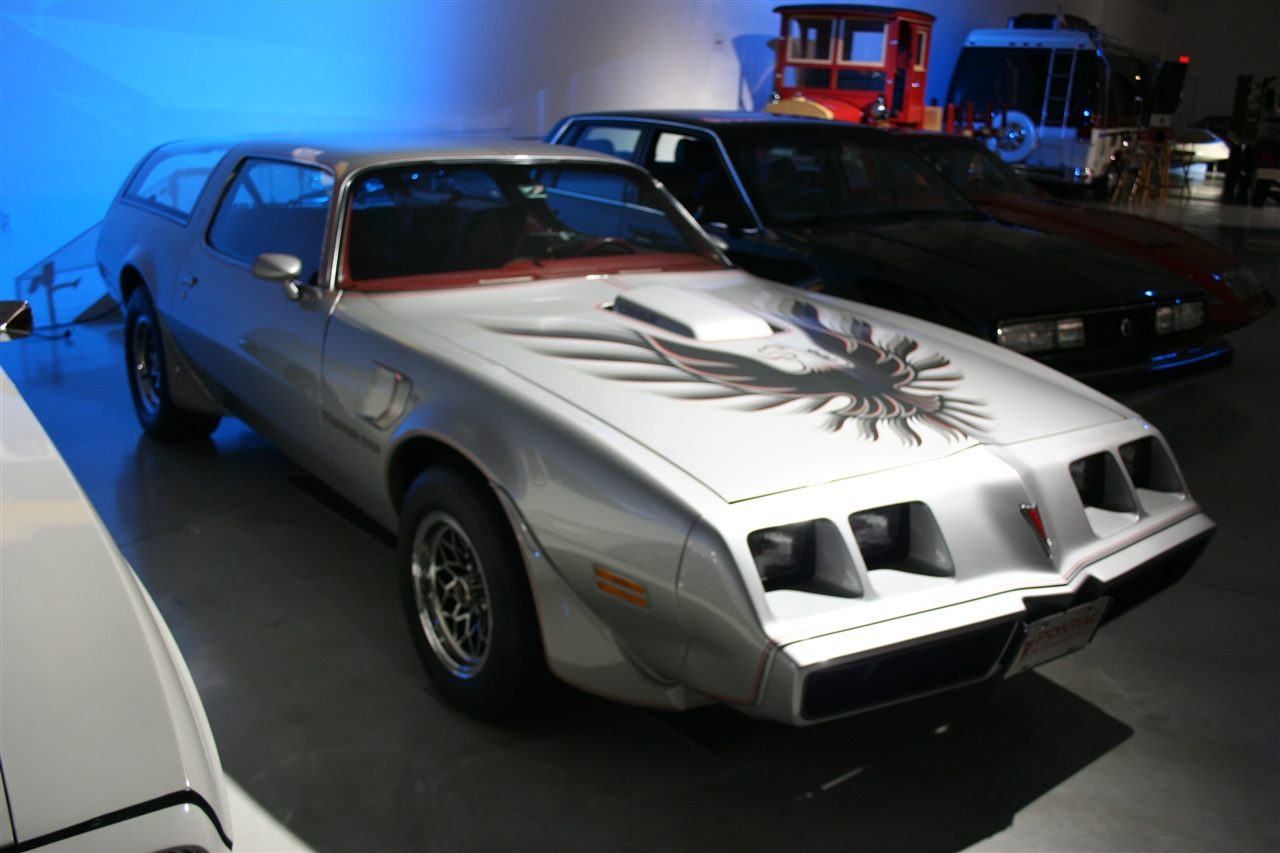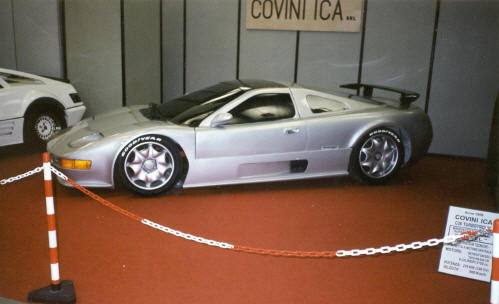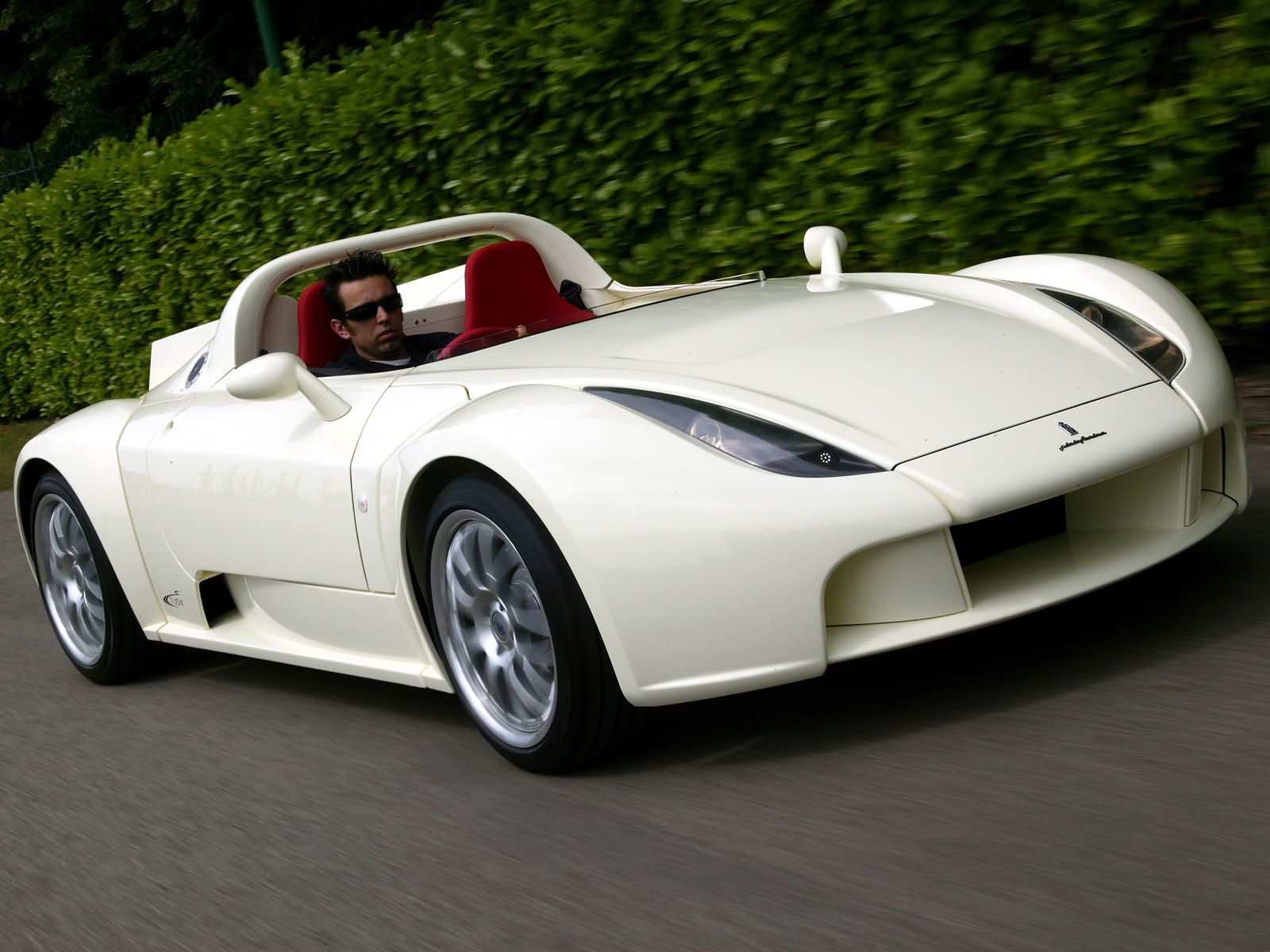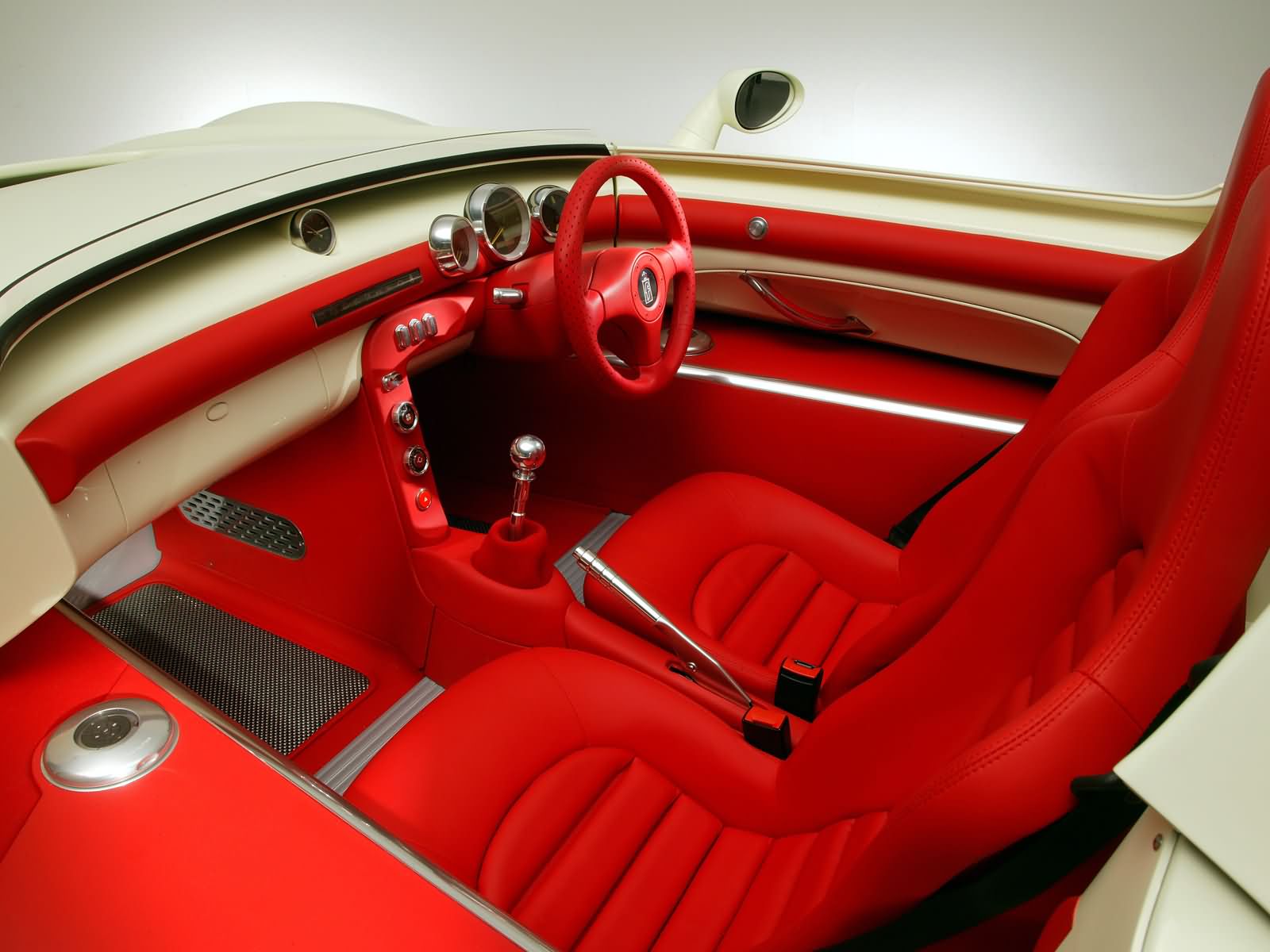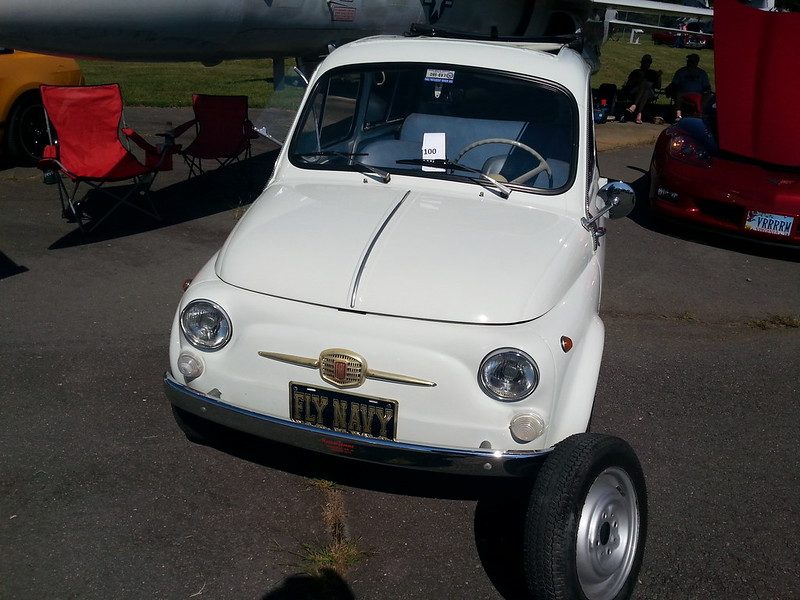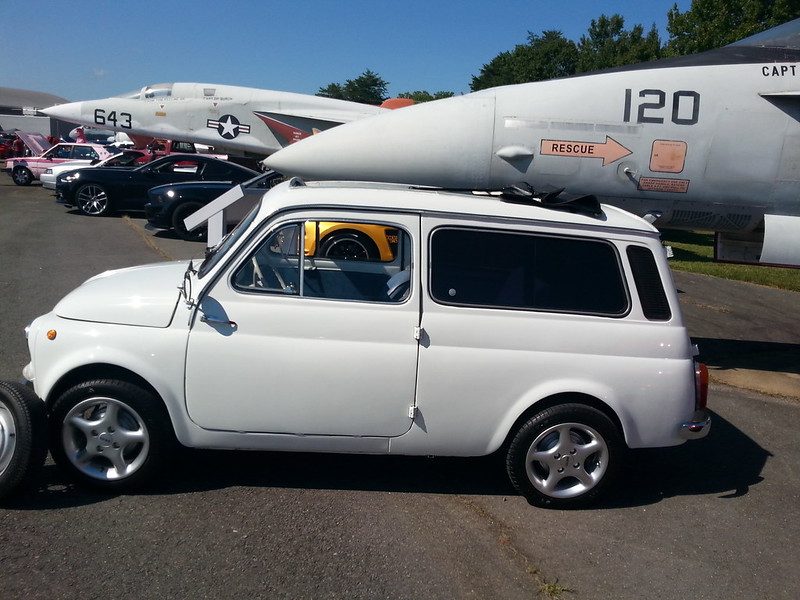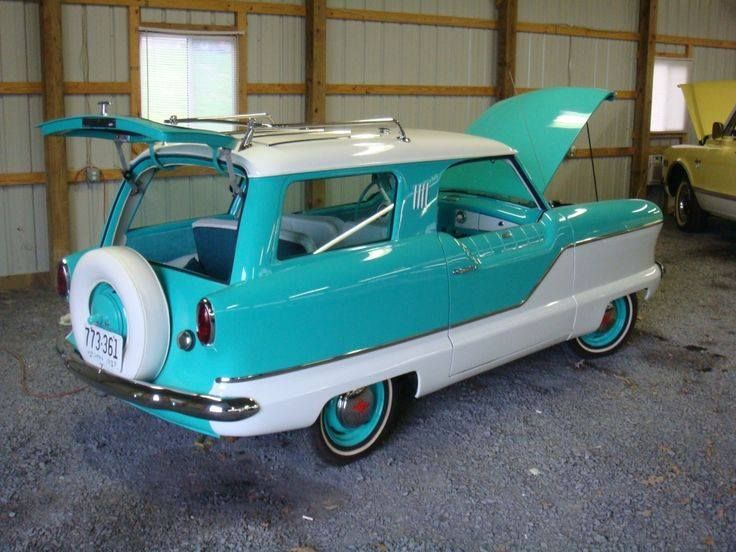Learnt about a slew of new cars after reading a Swindon-based car-spotting blog.
1969-1974 Gilbern Invader, a Welsh-built sports car using Ford Cortina parts, as well as the Ford Essex V6. Only 600 were produced.



1980-1989 Dutton Sierra, an off-road oriented kit car based on the Ford Escort.



1953-1959 Standard Eight, an economy car that was the predecessor to the Triumph Herald.


1989-1991 ERA Mini Turbo. Only 99 being made, this Dunstable, UK built Mini featured a special body kit and powered by a MG Metro Turbo engine.



1986-1994 UMM Alter II, a Portuguese-built off-roader sold in France.



1985-2010 Heynsdyk 2500 SF, a Dutch Porsche 944-based sports car.



1967-1968 Cox GTM Coupe, a kit car inspired by the Ferrari Dino that used Mini mechanicals.



1967-1975 Iso Rivolta Fidia S4, sometimes called the "sedan Iso Grifo". Powered by a Corvette engine, and less than 200 were ever made.



Finally, the 1974-1987 Fiat Campagnola, a heavy duty off-roader, made for both civilian and military use.




 This has to be one of the top 5 most beautiful cars ever made in my opinion.
This has to be one of the top 5 most beautiful cars ever made in my opinion.